Survival Stories
Zuckerberg’s Apocalypse Plan Unveiled: Wealth Can’t Buy Immortality
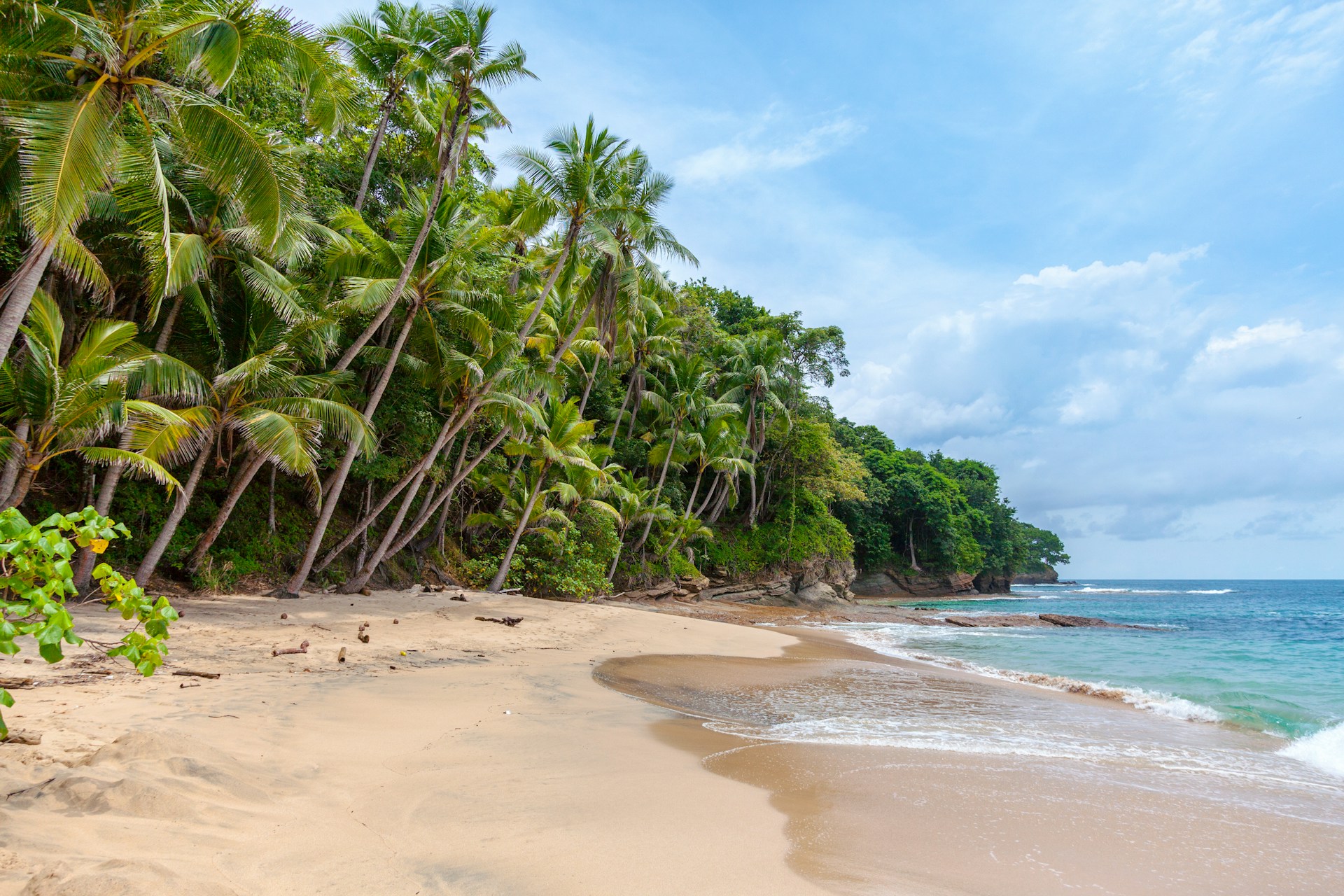
The pursuit of longevity and the fear of death is a universal human experience, but it seems the wealthy have taken it to another level. With their vast resources, they can afford the best healthcare, personal trainers, and pure food, which often results in a longer lifespan compared to the average person. However, the fear of death remains a great equalizer, a fear that even the highest piles of money cannot protect against.
The irony of this pursuit of longevity is revealed when death approaches. The behavior of the world’s wealthiest individuals can often be seen as a futile attempt to delay the inevitable, akin to trying to stop an oncoming freight train with bare hands. For those of us who are not part of this elite group, we can find comfort in the fact that these vast fortunes are being spent on a futile endeavor.
In 2015, Mark Zuckerberg, the founder of Facebook and one of the richest men on Earth, announced that he would be giving away most of his wealth during his lifetime. His charity’s main goal, as he stated in a public letter to his daughter, was to promote equality. “Today we are robbed of the potential so many have to offer,” he wrote. “The only way to achieve our full potential is to channel the talents, ideas, and contributions of every person in the world.”
However, Zuckerberg’s recent actions seem to contradict his noble intentions. He has been constructing a luxurious compound on the Hawaiian island of Kauai, where he can survive an apocalypse while the rest of humanity perishes. As detailed by journalist Guthrie Scrimgeour in an investigative story for Wired magazine, Zuckerberg has spent nearly a decade buying land on the island for this project. The compound, which spans 1,400 acres, includes mansions, treehouses, and tunnels. The centerpiece of the $270 million project is a 5,000-square-foot underground shelter equipped with its own energy and food supplies and a blast-resistant door.
It’s peculiar that a man who champions global equality would need an apocalypse shelter designed to isolate him from the rest of the world. Wouldn’t his commitment to the betterment of humanity compel him to open the doors of his compound to his fellow islanders in times of crisis? Or better yet, wouldn’t it have been more beneficial to use the hundreds of millions of dollars spent on this compound for a more public-minded project?
Beneath the charitable spirit of every billionaire lies a deep-seated instinct for self-preservation. This kind of desperate planning for the apocalypse contradicts the notion that the wealthy are invested in the welfare of all. When the tides rise, their yachts will float while our boats sink. Their charitable donations can be seen as a means to pacify the public, to prevent them from questioning why the wealthy are building walls around their properties.
The hope of every billionaire is to enjoy their wealth while also being seen as a good person. However, this is an impossible dream. Moral philosophers argue that giving away some money does not absolve one from the responsibility of using the rest of their wealth ethically. In a world with limited resources, the wealthy have a moral obligation to use their resources to help those in need.
The existence of billionaires presents a significant problem: it gives individuals too much power. The average person might fantasize about buying an entire town to build their survivalist kingdom, but they don’t have the means to do it. When society allows individuals to amass 10-figure net worths, the most outlandish fantasies can become reality.
This is not progress. Capitalism’s tendency to grant godlike powers to those who accumulate billions of dollars is one of its most glaring flaws. Like Ozymandias, Zuckerberg might one day realize that his attempts to elevate himself above the risks of the mortal world are futile. If an apocalypse does occur, the first thing to lose value will be money.
The security guards hired to protect the wealthy will prioritize their own safety. The construction workers who built the compounds will know where the food supplies are hidden. The billionaire boss will find that no amount of gold can keep fate at bay. Perhaps, in such a scenario, it would have been better to be a socialist, Mark. At least then, you would have had comrades who you wouldn’t need to pay to watch your back.
Our Thoughts
The pursuit of longevity by the wealthy, as this article explores, is a fascinating and somewhat disconcerting reality. The irony of such futile attempts to thwart the inevitable is both amusing and a stark reminder of our shared mortality, regardless of the size of our bank accounts.
The case of Mark Zuckerberg presents a glaring contradiction. His philanthropic commitments seem to be at odds with his personal survivalist endeavors. The vast resources funneled into his Hawaiian compound could have been put to more productive and egalitarian use, reflecting his publicly stated values.
It’s intriguing to see how the instinct for self-preservation overpowers the philanthropic spirit of these billionaires. The construction of apocalypse-ready compounds is a stark testament to this. The visual of yachts floating while our boats sink is a powerful metaphor for the growing wealth disparity and the self-serving nature of these charitable donations.
The ethical use of wealth is a pressing issue. As the article rightly points out, merely giving away some money does not absolve the wealthy of their moral obligations. The concentration of wealth and power in the hands of a few individuals is a significant societal concern.
The critique of capitalism in the article is thought-provoking. The tendency to bestow ‘godlike powers’ on billionaires is indeed a glaring flaw of the system. The hypothetical apocalypse scenario painted serves as a sobering reminder that no amount of wealth can truly guarantee safety or immunity from life’s uncertainties. It’s a timely reminder for us all to reexamine our values and priorities, and to consider the true value of wealth and power.
Let us know what you think, please share your thoughts in the comments below.

Survival Stories
Rep. Mace’s Capitol Encounter Sparks Controversy and Legal Battle

James McIntyre, a 33-year-old from Illinois, has pleaded not guilty to a misdemeanor assault charge following an incident involving Rep. Nancy Mace on Capitol grounds. The alleged encounter occurred on a Tuesday night, leading to McIntyre’s arrest for reportedly assaulting a government official.
The incident unfolded when McIntyre approached Rep. Mace and offered to shake her hand. According to a police affidavit, two witnesses observed the interaction and described McIntyre as a man in his forties. When Mace extended her hand, McIntyre allegedly clasped it with both hands and “shook her arm up and down in an exaggerated, aggressive hand shaking motion.”
Witnesses managed to identify McIntyre through an internet posting, providing his name and photo to the U.S. Capitol Police. Mace corroborated the witnesses’ accounts, stating that she attempted to withdraw her hand but was unable to do so. She reported feeling intimidated and experienced pain in her wrist, arm, and shoulder following the encounter.
During the aggressive handshake, McIntyre reportedly stated, “Trans youth deserve advocacy.” Mace refrained from responding during the incident, later expressing her shock and discomfort.
After the event, Mace took to social media to inform her followers of the situation.
“I was physically accosted tonight on Capitol grounds over my fight to protect women. Capitol police have arrested him,” Mace shared in a post on X. “All the violence and threats keep proving our point. Women deserve to be safe. Your threats will not stop my fight for women!”
She continued to discuss the incident on social media, revealing in one post that she had spoken with President-elect Trump.
“Thank you, Mr. President, for checking in on me and standing up for women,” Mace wrote. “We cannot wait to see you back in the White House.”
In another post, she shared an image of herself with her arm in a sling, highlighting the physical impact of the encounter.
The incident comes amidst Mace’s outspoken opposition to transgender individuals using bathrooms that do not align with their biological gender. She has been particularly vocal against Rep.-elect Sarah McBride, a Democrat from Delaware, using the women’s restrooms on Capitol Hill.
Mace has reported receiving death threats and feels she is being “unfairly targeted” for her stance. Her proposed resolution, H.R. 1579, aims to restrict bathroom use in the House to facilities matching one’s biological sex.
Following McIntyre’s arraignment in the Superior Court of the District of Columbia, a magistrate judge ordered his release. Meanwhile, Mace’s office has not provided an update on her condition.
Let us know what you think, please share your thoughts in the comments below.
Survival Stories
Unseen Advantage: Law Enforcement’s Rapid Adoption of Optics

In the world of law enforcement and survival, the ability to quickly and accurately assess a situation can make all the difference. This is why the rapid adoption of optics by law enforcement agencies is hardly surprising. These tools provide a wealth of visual information, aiding in making more informed decisions. A key factor in the selection of these optics is the window size, but it seems that co-witness sights, which can sometimes occupy half of the entire optic window, often don’t receive the attention they deserve.
“Without question, the speed with which LE agencies have adopted optics is testament to the advantage they offer: more visual information that yields better decisions.”
Interestingly, suppressor height sights are frequently paired with optics. To comprehend why this particular sight remains a popular choice when selecting co-witnessing sights, we must journey back in time. Around 2009, shooters, both professional and non-professional, began to repurpose a solution initially designed for Close Quarters Battle (CQB) rifle work for use on pistols.
The Trijicon RMR, a compact electronic optic, was a welcome alternative to the larger optics typically seen on competition pistols. Its smaller size offered more holster options, less likelihood of snagging in the field, and a more robust window and housing. As a result, it addressed many of the issues raised by professional users, leading to a shift towards an optics sighting solution within the firearms community.
“The smaller footprint meant more holster options, less to get caught on while in the field, and a less delicate window and housing.”
This shift was spearheaded by individuals in the military, law enforcement, defensive firearms instruction, and competition professionals. With the introduction of these optics, performance improved, and new shooters were able to develop accuracy and speed more quickly. The instinctual focal plane response to stress, which previously had to be trained out, could now be utilized as an asset by Firearms Instructors working with students who had optics on their pistols.
“Performance increased, accuracy and speed developed sooner with new shooters, the intuitive and instinctual focal plane response to stress no longer needed to be trained out—and instead, the threat-focus could now be an asset used by Firearms Instructors working with students who had optics on their pistols.”
As the popularity of optics grew, the aftermarket and firearms manufacturers responded by supporting this “new” sighting system. However, one critical component of the system was often overlooked: the back-up sights. This oversight highlights the need for a comprehensive approach to firearm optics, one that considers all elements of the sighting system to ensure optimal performance and safety.
Our Thoughts
The adoption of optics in law enforcement is a testament to the technology’s effectiveness. It’s no surprise that tools that enhance visual information, thus enabling better decision-making, have become a staple in the arsenal of law enforcement agencies.
The rise of the Trijicon RMR is particularly noteworthy. Its compact size and robust design addressed many of the practical concerns of professional users, leading to a broader acceptance of optics as a sighting solution.
The benefits of these optics extend beyond their practicality. They have brought about a shift in the training of new shooters, turning the instinctual focal plane response to stress into an asset rather than a hurdle to overcome. This has undoubtedly contributed to the improved performance observed among new shooters.
However, the focus on the main optic often results in the neglect of back-up sights. This is a reminder that a comprehensive approach to firearm optics is necessary to ensure optimal performance and safety. After all, a tool is only as good as the system supporting it.
Let us know what you think, please share your thoughts in the comments below.
Survival Stories
Mental Resilience: The Overlooked Key to Survival Success
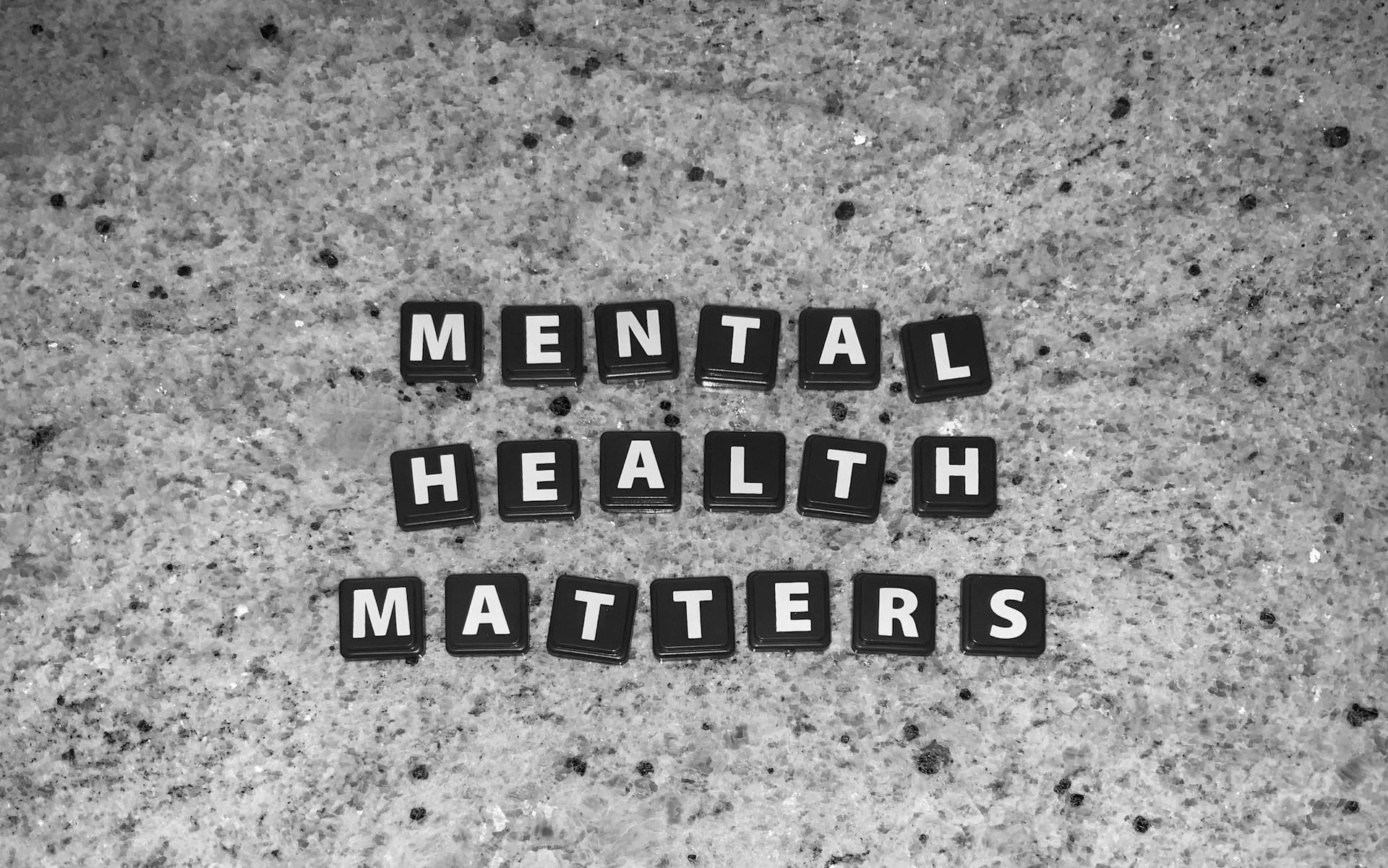
In the realm of survival, we often focus on the physical aspects: the gear, the skills, the terrain. Yet, one crucial element often overlooked is our mental health. As a seasoned survivalist and a licensed mental health therapist, I’ve experienced firsthand the importance of mental resilience in a crisis.
I recall an incident during my first exploration of Red Rock Canyon. The vast, humbling landscape was a sight to behold, but it was also a formidable challenge. Despite my preparations, I found myself lost on a wild game trail, far from the intended path.
“Okay, no big deal,” I reassured myself. “I’ll just retrace my steps.”
But the creeping sense of panic was undeniable. I was low on water, surrounded by thick brush, and far from any signal. It was in this moment that my mental health training became as crucial as my survival skills.
“If anyone can figure this out, I can.” I thought. Or rather, tried to convince myself….
The human brain has a built-in survival mechanism known as the fight-flight-freeze response. When faced with danger, our heart rate increases, our pupils dilate, and our breathing becomes rapid. While these physiological changes can enhance our strength and speed, they can also lead to panic attacks, which can be detrimental in a survival scenario.
Soldiers and first responders are trained to manage this response, and so can civilians. Understanding mental health first aid can be a lifesaver in personal emergencies or when trying to calm someone else in a crisis.
“Okay…” I thought, “let’s just backtrack a little. See if I can’t find the main trail.”
I remembered the acronym S.T.O.P., taught in wilderness survival classes: Sit, Think, Observe, Plan. I sat down, focused on my breathing, and began to regain control of my racing thoughts.
“Breathe.” I thought. “In through the nose, slow. SLOW. Hold it for a few seconds. Now release through the mouth even slower. Pause. Repeat.”
I knew I had to control my thoughts to improve my feelings and make good decisions. Catastrophic thinking like “I’m gonna die” or “What if a rattlesnake bites me?” could trigger panic mode.
“Okay, what do we know?” I thought. “I know I can’t be too far off-course, no more than a couple miles. I know a few people knew generally where I was going (but not the specific trailhead) and that I expected to be back by nightfall. I know I have survival training and some kit with me that would help me make it through the night if needed. I can do this.”
After observing my surroundings and assessing my resources, I made a plan. I decided to head in the direction of what I believed to be a road, using a large branch to tap the ground in front of me to ward off any potential rattlesnakes.
In the end, I made it back to my vehicle without having to spend the night in the desert. The experience was a stark reminder of the importance of mental health in survival situations.
In the aftermath of a crisis, people will be in panic mode. Knowing how to guide someone through the stresses of a crisis can help mitigate some of the negative effects of traumatic events.
First, ensure the scene is safe. Then, assess the group, find helpers, and triage the situation. Ground the person by asking them to describe their surroundings and their feelings. Encourage slow, deliberate breathing and validate their experiences.
Long-term effects of repeated activation of the fight-flight-freeze response can include panic attacks, nightmares, and flashbacks. If you’re prone to these symptoms and find the techniques described here aren’t helping, consider seeking help from a licensed therapist.
Remember, it’s not a matter of being weak or strong. Some of the bravest individuals I’ve worked with have sought therapy for their symptoms. It takes great strength and bravery to ask for help.
Since my experience in Red Rock Canyon, I’ve incorporated mental health first aid and awareness into my survival teachings. I’ve also adjusted my approach to hiking, ensuring I communicate my exact route and expected return time, carry more water, and stay focused on the trail.
Survival isn’t just about the physical. It’s about the mental too. And with the right skills and mindset, we can navigate any crisis with resilience.
Our Thoughts
This compelling account underscores the often overlooked but critical role mental health plays in survival scenarios. The author’s experience in Red Rock Canyon drives home the importance of not just physical preparation, but mental preparedness as well.
The fight-flight-freeze response, while instinctual, can be detrimental if not properly managed. As survivalists, we should heed the author’s advice and learn to control this response, much like soldiers and first responders are trained to do.
The S.T.O.P. method is a useful tool in regaining control of our thoughts and feelings in high-stress situations. It’s not just about physical survival skills, it’s about mental resilience and clarity of thought.
Moreover, the importance of understanding mental health first aid cannot be overstated. It can be a lifesaver, not just for ourselves, but for others in crisis.
Ultimately, the author’s story is a reminder that survival isn’t just about the gear, the terrain, or the skills — it’s about the mind too. And in the face of adversity, with the right mindset, we can navigate through any crisis with resilience.
Let us know what you think, please share your thoughts in the comments below.
-
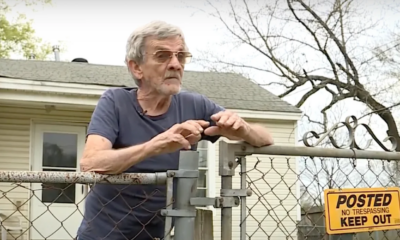
 Tactical12 months ago
Tactical12 months ago70-Year-Old Fends Off Intruder with Lead-Powered Message
-
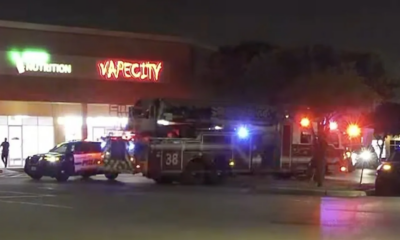
 Tactical12 months ago
Tactical12 months agoVape Shop Employee Confronts Armed Crooks, Sends Them Running
-

 Preparedness9 months ago
Preparedness9 months agoEx-Ballerina’s Guilty Verdict Sends Tremors Through Gun-Owner Community
-

 Preparedness7 months ago
Preparedness7 months agoGood Samaritan Saves Trooper in Harrowing Interstate Confrontation
-

 Tactical12 months ago
Tactical12 months agoMidnight SUV Theft Interrupted by Armed Homeowner’s Retaliation
-
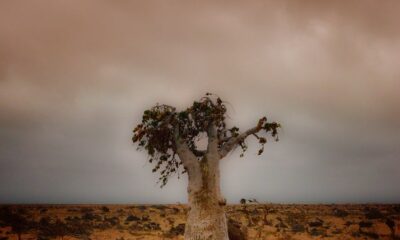
 Survival Stories2 years ago
Survival Stories2 years agoEmily’s 30-Day Experience of Being Stranded on a Desert Island
-

 Preparedness7 months ago
Preparedness7 months agoArizona Engineer’s Headless Body Found in Desert: Friend Charged
-

 Preparedness7 months ago
Preparedness7 months agoBoy Saves Dad from Bear Attack with One Perfect Shot
Ottis Blakemore
March 15, 2024 at 11:37 am
If I had the resources I would do the same thing. Don’t blame him for that but he’s still a prick.
Brad Roberts
March 15, 2024 at 11:54 am
Thank you for having the patience to put to text what have been my thoughts for many years. I am of retirement age and haven’t come up with an acceptable solution. How to properly blend capitalism and socialism? Wage caps? Wealth caps? Eliminating inheritance? Generational wealth caps?
Go get him fema he be a hoarder
March 15, 2024 at 7:00 pm
Mack Zuckerberg the raging coward ceo of farcebook, Mets, Instagram liar extradinaire you get what you deserve when fema come knocking at you mainly island doors for your hoarding of food be prepared you will be the first Right all no will all the other billionaires who will be toasted! And believe me we the people will be helping them every step of the way you can hide but the people know your dirty little secret now fool! Karma she a biatch and she come for you to!
Anthony
March 15, 2024 at 8:22 pm
Giving away money is not the solution either. There will never be sufficient wealth to include everybody and of those that do get money it will never be enough for their liking. This will inspirie corruption and greed under those receiving the hand-outs.
Pat Lloyd
March 18, 2024 at 1:49 pm
God wins. Mr Zuckerberg needs to look beyond his own, selfish self, and look to the Lord for guidance.